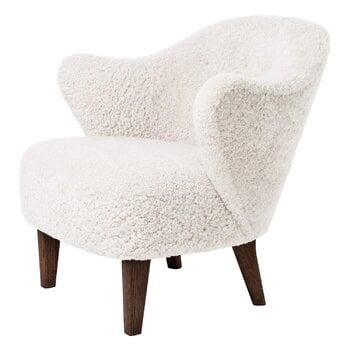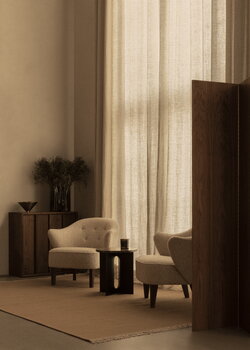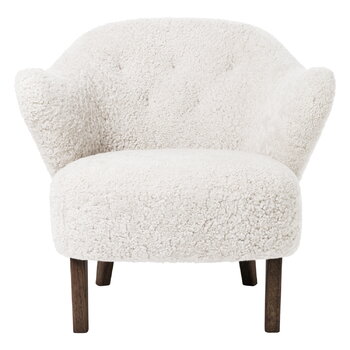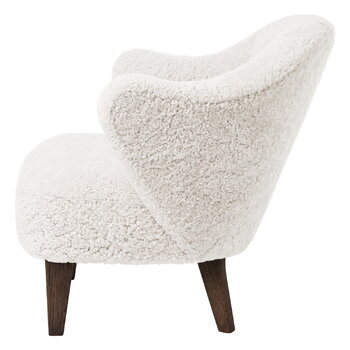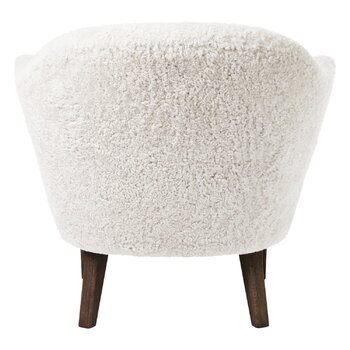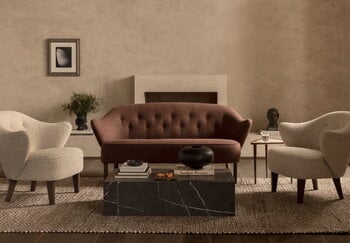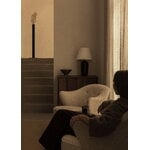Audo Copenhagen’s Ingeborg easy chair is one of Danish architect Flemming Lassen’s designs from the 1940s. The petite lounge chair is named after Flemming and Mogens Lassen’s mother, artist Ingeborg Winding.
Typical of the designer, the chair is simultaneously beautiful and sculptural yet also extremely functional: thanks to its small size, the petite, graceful chair can be placed anywhere without it dominating its surroundings. The charming easy chair is upholstered in genuine sheepskin, making its inviting seat even more cosy – like a mother’s warm embrace!
